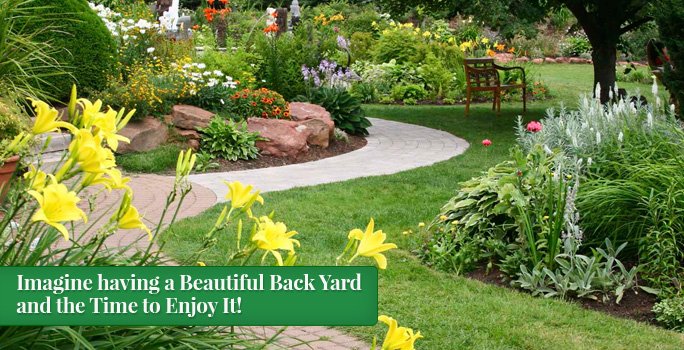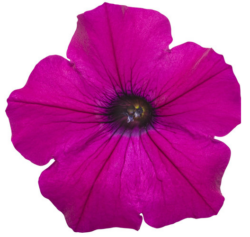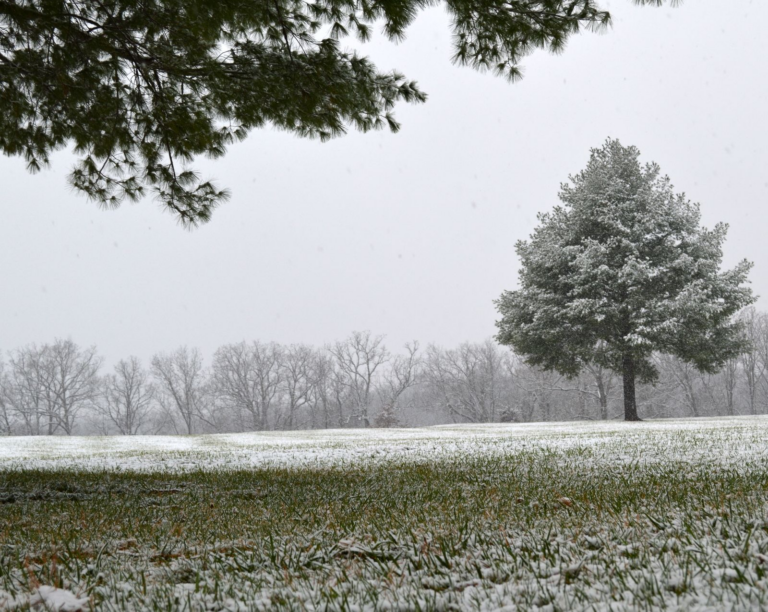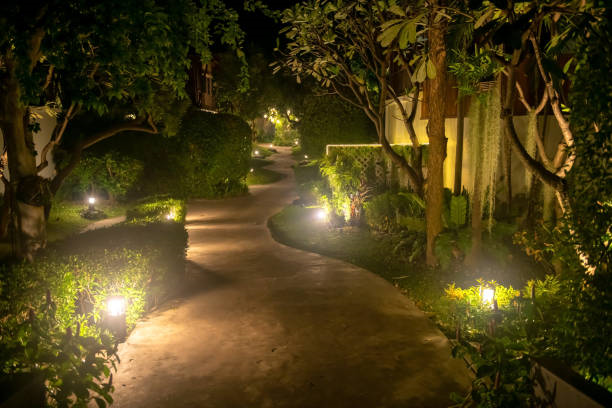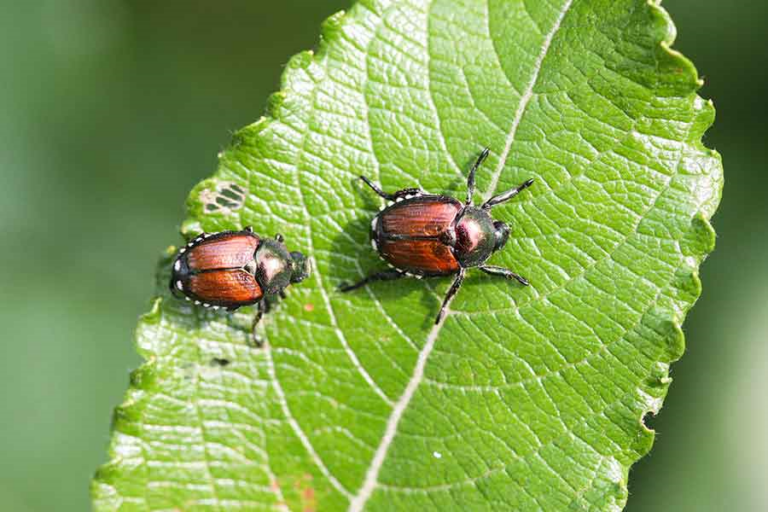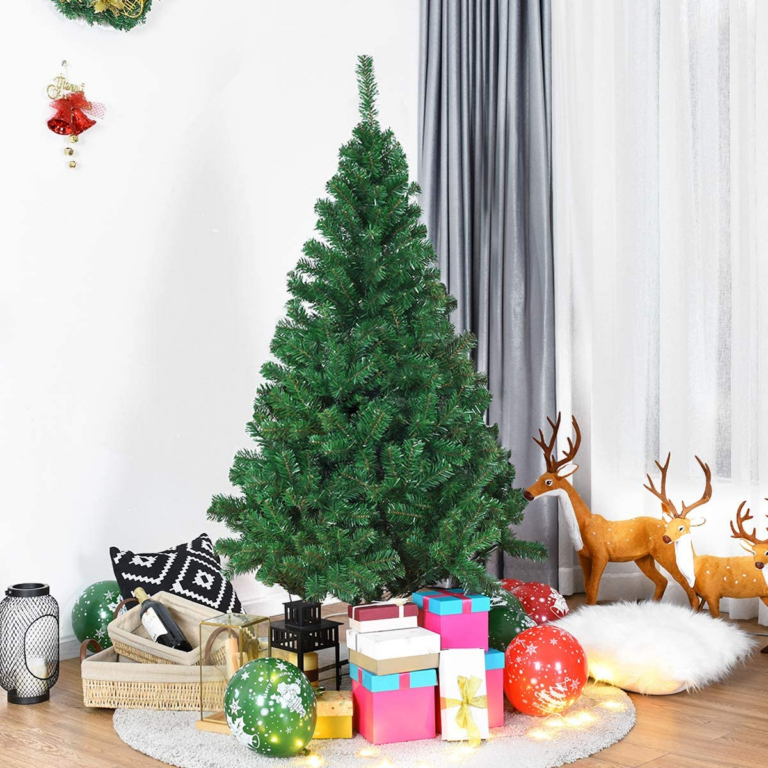
It’s traditional to deck the halls during the holidays with greenery dressed up with bows and lights.
- Artificial or natural tree?
Artificial trees are less of a fire hazard and don’t drop needles to create a mess on the floor as the natural ones do.
Being pre-lit so all you have to do is plug them in is a time saver as there are no lights to string around the tree.
You don’t have to worry about either getting this tree outside or delivered for recycling.
For many, those factors are the tipping point for the artificial tree.
- Natural Tree. On the other hand, if you love the smell of fresh evergreens and
keep them watered regularly to reduce fire hazards and slow the needle drop, a fresh tree might be the one for you.
Even though it seems wasteful to remove a live tree from its natural habitat, you’re actually acting sustainably.
- An artificial tree must be used for 20 years to have a lower carbon footprint than a natural tree.
One acre of Christmas trees growing on a tree farm creates enough oxygen to support 18 people.
So, if you like the fragrance, control the mess and keep your tree fire safe, go for the natural one.
- Other ways to go green
Reduce energy with LED lighting. Whatever your tree, light it up with LED lights.
They are safe because they generate no heat to ignite the tree.
They require less power and many fewer outlets.
Many strands can be plugged end-to-end and into one single outlet.
They are energy efficient.
- Reuse what you have
Use the lowest branches cut off a natural tree to a vase and bring the evergreen fragrance to another room.
Gather pinecones and branches with berries from the yard and make them part of your fresh holiday décor.
Look for branches such as red twig dogwood to add interest in outdoor containers and indoor arrangements.
- Re-purpose materials
Such as turning pinecones into fire starters.
Dip, dry and re-dip pinecones 4-5 times in melted wax to create fire starters for a fireplace or outdoor fire pit.
Click “DO IT FOR ME” to request a FREE quote.

Source: customer-service@bestyard.com in collaboration with Associated Landscape Contractors of Colorado




